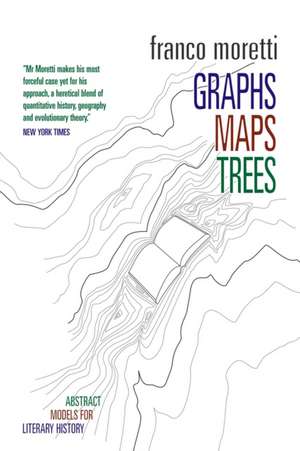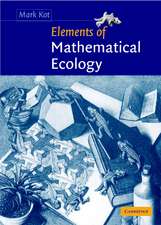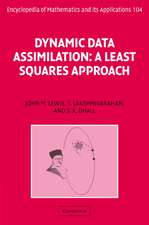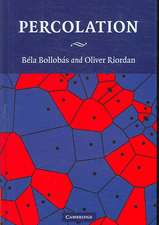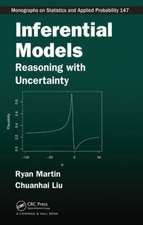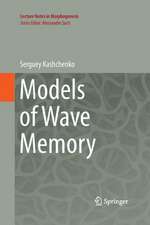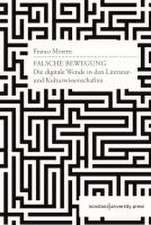Graphs, Maps, Trees
Autor Franco Morettien Limba Engleză Paperback – 8 aug 2007
Preț: 107.93 lei
Nou
Puncte Express: 162
Preț estimativ în valută:
20.65€ • 21.56$ • 17.05£
20.65€ • 21.56$ • 17.05£
Carte disponibilă
Livrare economică 25 martie-08 aprilie
Preluare comenzi: 021 569.72.76
Specificații
ISBN-13: 9781844671854
ISBN-10: 1844671852
Pagini: 119
Ilustrații: Illustrations, maps
Dimensiuni: 146 x 212 x 10 mm
Greutate: 0.15 kg
Editura: VERSO
Locul publicării:United Kingdom
ISBN-10: 1844671852
Pagini: 119
Ilustrații: Illustrations, maps
Dimensiuni: 146 x 212 x 10 mm
Greutate: 0.15 kg
Editura: VERSO
Locul publicării:United Kingdom
Notă biografică
Franco Moretti teaches English and Comparative Literature at Columbia University. He is the author of Signs Taken for Wonders, The Way of the World and Modern Epic, all from Verso.
Alberto Piazza is Professor Human Genetics at the Medical School of Turin University. He is a co-author of the History and Geography of Human Genes.
Alberto Piazza is Professor Human Genetics at the Medical School of Turin University. He is a co-author of the History and Geography of Human Genes.
Recenzii
“It’s a rare literary critic who attracts so much public attention, and there’s a good reason: few are as hell-bent on rethinking the way we talk about literature.”—Times Literary Supplement
“The great iconoclast of literary criticism ... Moretti’s discourse, as has often been noted, is marked by the same subtlety and unpredictability as his fellow Italian, Umberto Eco.”—Guardian
“Mr. Moretti makes his most forceful case yet for his approach, a heretical blend of quantitative history, geography and evolutionary theory.”—New York Times
“The great iconoclast of literary criticism ... Moretti’s discourse, as has often been noted, is marked by the same subtlety and unpredictability as his fellow Italian, Umberto Eco.”—Guardian
“Mr. Moretti makes his most forceful case yet for his approach, a heretical blend of quantitative history, geography and evolutionary theory.”—New York Times
